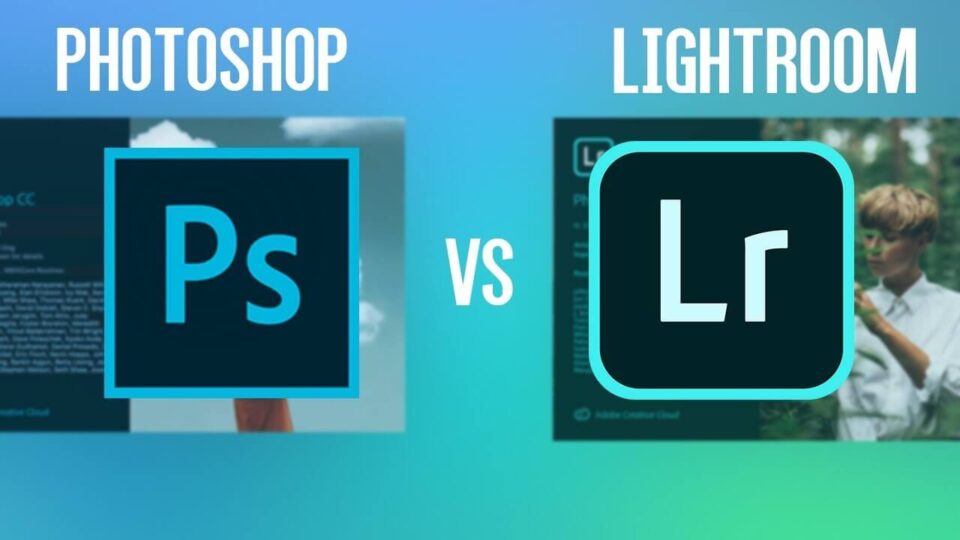Which is better Photoshop or Lightroom? This is one of the age old questions that Photoshop fans and photography newbies alike continue to debate. One would have to ask this question of oneself, and weigh the benefits that each has to offer. Here is my answer:
Photoshop :
Table of Contents
Photoshop is an outstanding editing software that all photographers should own. Adobe Photoshop is widely used by graphic designers for professional work, and as a hobbyist. Adobe Photoshop also happens to be one of the most popular, most accessible, and most affordable editing software systems on the market today. With this in mind, Photoshop would clearly be a worthy investment.
Photoshop is easy to use, and allows photographers to make subtle, complex, and powerful photo edits with little fuss. However, this simplicity also means that photographers who are not comfortable making edits may find themselves at a loss when faced with editing their images. On the other hand, lightroom isn’t much different than Photoshop in this regard. Even though Lightroom does offer a number of pre-installed tools, there is really no need to go out and purchase additional plug-ins or tutorials.
Lightroom :
Most photographers have a basic idea of what a basic workflow looks like. This workflow consists of multiple images being captured with a single camera, edited in Photoshop, and finally printed in Lightroom. Photographers may choose to develop their images in either software, or they may simply decide to go with Lightroom. The difference is slight but noticeable. The capability to refine images using image editing tools, combined with the speed and reliability of the Lightroom photo editing tool set, make both programs very popular with professional photographers.
Photoshop vs. Lightroom :
Color correction :
Photoshop vs. Lightroom – Color correction. The biggest difference between these two tools comes in the form of color correction. Photoshop’s built-in corrections, such as enhancing a picture’s contrast or removing red eye, can produce amazing results with just a few clicks of the mouse. However, the accuracy of these corrections may not be quite as stellar as you would like. If your final image has some red eye, for instance, you may need to make several corrections, one after another, to achieve a pleasing result.
When working in Lightroom, on the other hand, you will have a choice between adjusting image size, color, or contrast. There are other advanced corrections, such as an auto-exposure adjuster, and spot-ify, which helps you take a picture of a subject while keeping color and other factors the same as your original photo. Adobe has recently come out with Camera Raw, which is an excellent software package for editing photographs. It makes Lightroom look like Photoshop. Many photographers have converted their entire photography careers to using Camera Raw.
Film-like look :
Photoshop vs. Lightroom – Flashiness Many professional photographers may prefer Photoshop for editing because of its film-like look. In photography, light plays a big part, especially when shooting outdoors or in low light conditions. Professional photographers may still use lightroom, however, because it gives them more flexibility when editing. They can simply choose to make all the corrections in Photoshop and then use the built-in flash feature in the software.
It takes time and practice to become accustomed to Photoshop, although the steep learning curve is well worth the effort for most users. Most Lightroom images end up looking so much like images in Photoshop that many people wonder if they were taken with a Photoshop program or with a Lightroom image management program. The fact is that both are quite good. It is just a matter of practicing and learning the differences and similarities between the two programs. If you decide to use either Photoshop or Lightroom for your digital photo editing needs, just remember that your final images will be as good as your first images.
